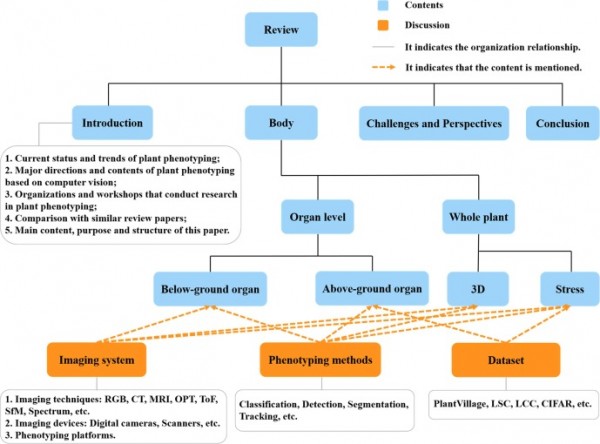分享到
A review of computer vision technologies for plant phenotyping
2020
期刊
Computers and Electronics in Agriculture

- 卷 176
- 页码 105672
- Elsevier BV
- ISSN: 0168-1699
- DOI: 10.1016/j.compag.2020.105672



